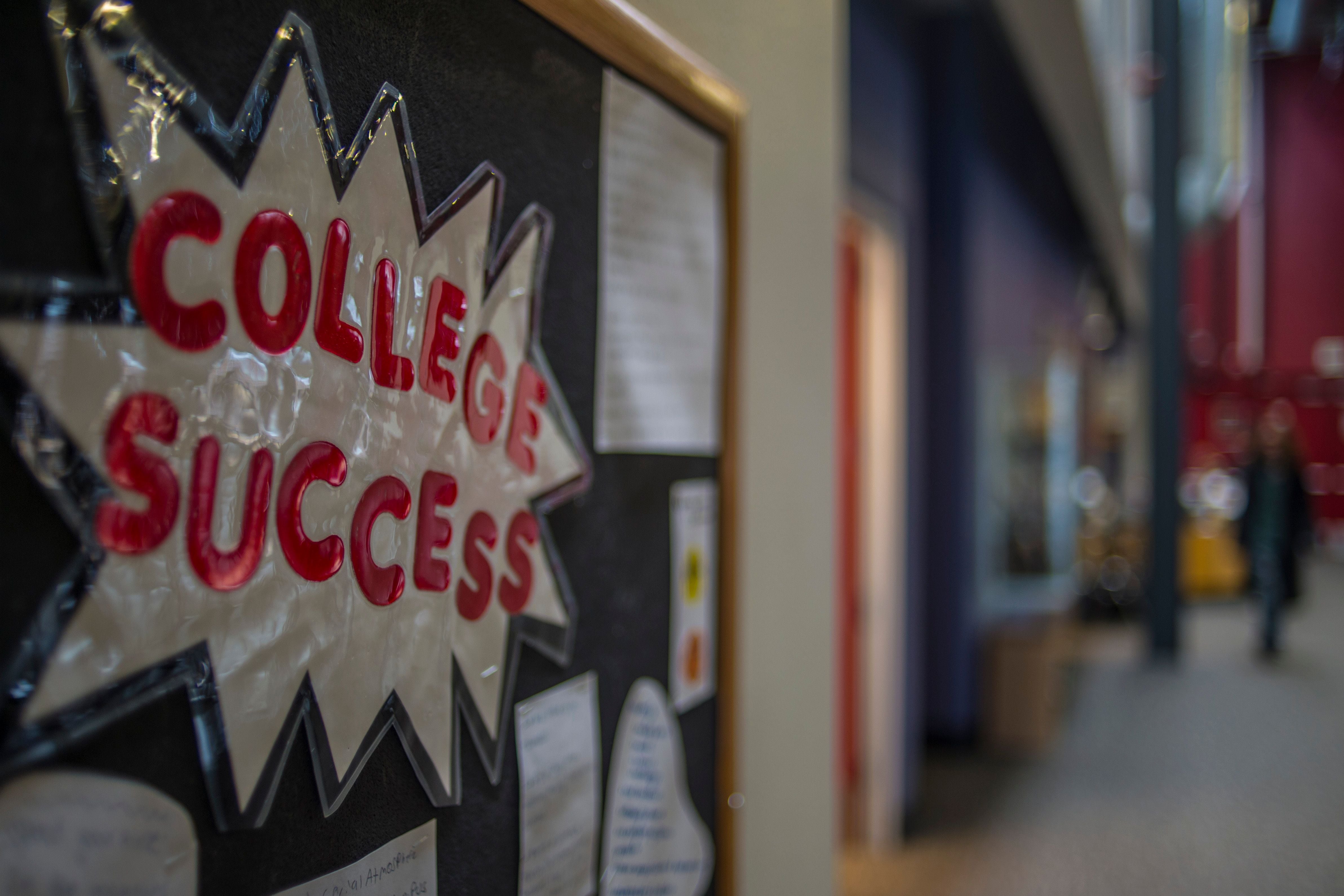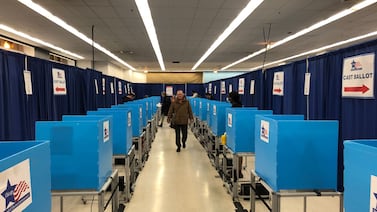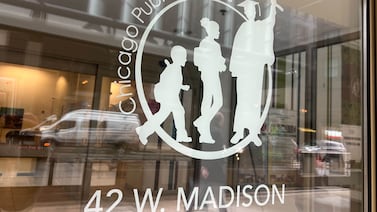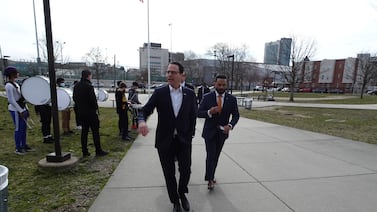October marks the start of the financial aid application season and one of the most important periods in determining whether a high school student will head to college.
The Free Application for Federal Student Aid (FAFSA), whose application period began Oct. 1, helps students qualify for federal grants and loans or scholarships to pay for college. Filling out the FAFSA helps students realize that college is an option, said Colorado Department of Higher Education Executive Director Angie Paccione.
About 85% of students who go to college filled out the FAFSA, she said.
“We know that if you’re going to college, you complete that FAFSA because you want to make sure you get as much money as you can,” Paccione said. “And, at the same time, students that fill it out realize what schools they can go to because they know how much money they’re going to have.”
Tuition sticker shock is a major reason students who want to go to college end up not going. But the true cost for students from middle- and lower-income backgrounds is often far less than the listed price of tuition after financial aid.
Filling out the FAFSA helps students and families get a realistic idea of what college might cost. It also helps students and families make informed decisions about whether they can afford it.
The deadline for students and families to submit the FAFSA is June 30 to receive aid for the next school year. The earlier students and families submit the form, the easier it is to work through any issues that might pop up.
Unless a student qualifies as an independent, those who are 24 or younger will likely need to fill out the form with family. And there are options for students who don’t have their family’s information or who are undocumented.
Colorado has struggled for years to get students to fill out the complicated form. Last year, just 46% of the state’s graduating seniors finished the FAFSA, well below the national average of 57.5%.
The state has put more focus on raising those numbers through financial aid training and requiring schools to notify parents and students about the benefits of FAFSA. That’s part of a long-term plan to raise Colorado’s FAFSA completion rates to 80%. A task force has also called for the form to become a high school graduation requirement.
Here are some tips from financial aid experts on how to complete the form.
Start the process now, even if you’re not sure you qualify
Colorado State University Financial Aid Director Joe Donlay’s advice for families and students is not to wait.
The process to fill out the form can take time, be overwhelming, and, at times, feel invasive. The form asks for a variety of financial information, including tax documents and banking and savings balances. The federal government might also follow up, including asking for additional documents.
In the end, the process can be worth it, because it opens students to a variety of money for college, Donlay said.
He advises families to fill out the form despite any uncertainty. Even if the federal government doesn’t award students and families money, someone else might.
Without the FAFSA, free money like college grants or scholarships might not be available to students. Plus, Donlay said, some might also qualify for low-interest or zero-interest loans to pay for college.
“FAFSA is really the ticket,” Donlay said.
Donlay said to get started, students and families should first start by visiting FAFSA.gov. The federal website has a detailed walkthrough of how to start the process.
Families and students have help
But families and students shouldn’t feel they need to tackle the process on their own.
They can ask high school counselors for help on which documents to bring. Parents and students should also watch for any financial aid nights hosted by high schools to get additional help or any questions answered. And they can make checklists to stay organized.
Counselors and financial aid experts also can make the process easier by talking with families about FAFSA’s importance, connecting them to workshops, and following up.
Diana Madriz, assistant director of college access at Denver Scholarship Foundation, said when she works with families she typically asks about home life and what does and doesn’t apply to students because she wants to make the process as easy as possible.
For instance, if a student or parent is not a U.S. citizen, filling out financial aid forms will likely require some help and they should check with an expert.
Parents’ citizenship or legal status, however, does not impact whether a student gets financial aid. The form doesn’t ask that question about parents.
Madriz directs students who aren’t here legally to the Colorado Application for State Financial Aid (CAFSA). Those students aren’t eligible for FAFSA because it requires legal status in the United States, but they can still get some college aid through the CAFSA.
In the end, Madriz said a big part of filling out the form is easing fears and concerns and answering plenty of questions about individual circumstances.
“We have had situations where I think families are a little apprehensive about sharing any information,” Madriz said. “I think it’s important for us to never speak in absolutes because things change all the time. But I think we can share with families what we know.”
Counselors also shouldn’t feel afraid to ask questions or for assistance
When it comes to finances, every family’s situation is different.
Cendy De la Torre, Denver Scholarship’s events manager, said counselors can ask careful questions to help build trust among families or students who might be hesitant to fill out the form.
She said asking about legal status or whether family members are estranged can be difficult questions to ask. She said that’s why building trust is an essential part of helping families or students with the application. She advises counselors to speak in hypothetical terms instead of direct questions, allowing students and families to take the lead about their backgrounds.
She added that educators and counselors aren’t alone in helping families. She said, “there’s a lot of us going through those same challenges.”
Madriz and De la Torre said they often run into numerous situations where they’re not sure how to help a family with the form.
Donlay and college financial aid departments across the state are willing to help. He said college financial aid officers can advise on new wording on the application or specific family-related financial questions. Counselors should not hesitate to work with colleges, he said.
“We always encourage the student or the family to reach out to the financial aid office and we can help determine what the answer or the solution might be based on those unique circumstances,” he said.
And counselors and families shouldn’t feel discouraged if they can’t figure out how to address an issue.
Natasha Garfield, DSF director of scholarships, said even financial aid officers who have done this work for years and trained others sometimes get stumped. No matter the situation, families and students can be assured that help is out there — even if there isn’t a clear solution.
“They’re always things we just have to muddle through and give our best shot,” she said.
Jason Gonzales is a reporter covering higher education and the Colorado legislature. Chalkbeat Colorado partners with Open Campus on higher education coverage. Contact Jason at jgonzales@chalkbeat.org.







